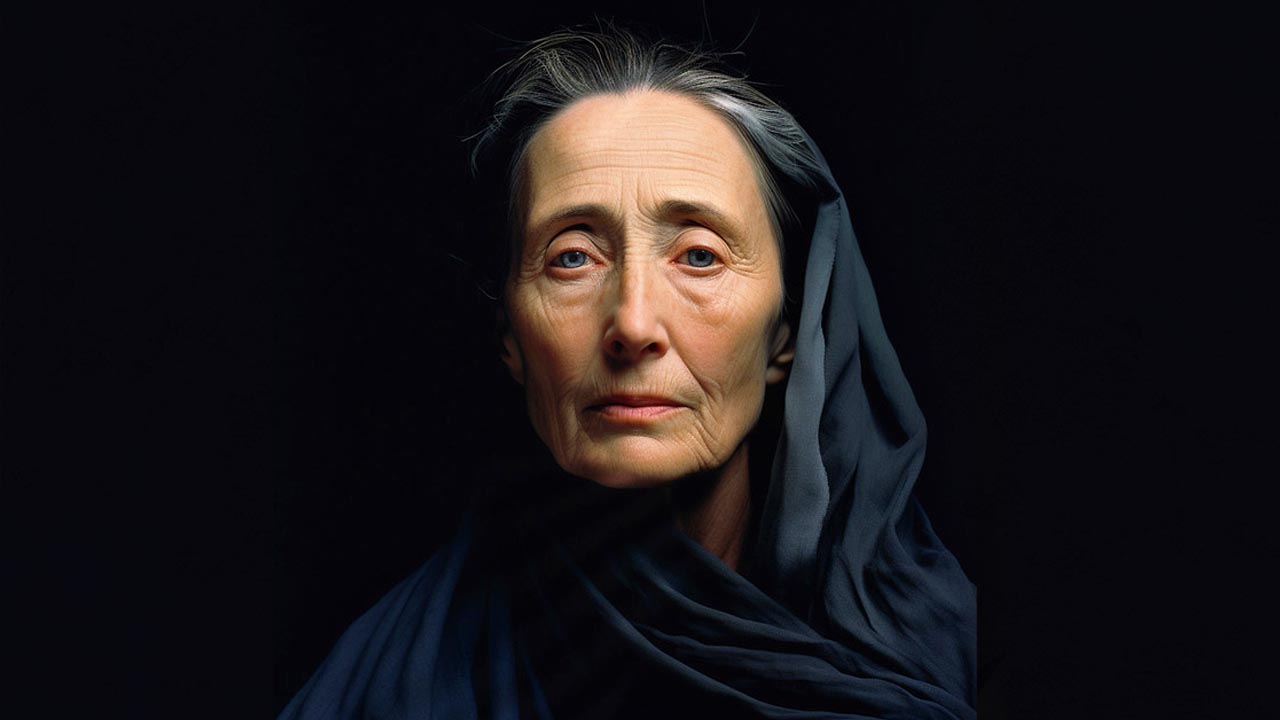Georgia O’Keeffe, a pioneering figure in American modernism, is best known for her distinctive paintings of enlarged flowers, New York skyscrapers, and New Mexico landscapes. With a career spanning more than seven decades, O’Keeffe’s work challenges the boundaries between natural and abstract forms, offering a fresh perspective on the American landscape and its elemental beauty.
Early Inspirations and Artistic Evolution
Born on November 15, 1887, in Sun Prairie, Wisconsin, O’Keeffe’s fascination with nature began in her childhood. Her initial artistic training focused on traditional techniques, but she soon sought to break free from imitative realism. The influence of Arthur Wesley Dow, who emphasized composition and design over subject matter, was pivotal in O’Keeffe’s development of a personal style that synthesized abstraction and representation.
A New Vision for American Art
Georgia O’Keeffe move to New York in 1918 marked the beginning of a productive period during which she created some of her most famous works. Her paintings of flowers, which often filled the canvas, were not just representations of natural beauty but also powerful explorations of form and color. Works like “Red Canna” and “Black Iris” exemplify her ability to transform familiar subjects into profound abstract compositions.
O’Keeffe’s The Enchantment of the Southwest
In the late 1920s, O’Keeffe’s discovery of the New Mexico landscape marked a significant shift in her work. The stark beauty of the desert, the vibrant colors of the rock formations, and the spiritual significance of the skulls and bones she found there deeply influenced her art. Paintings such as “Cow’s Skull: Red, White, and Blue” and “Ram’s Head White Hollyhock and Little Hills” reflect her fascination with the region’s unique intersection of nature and culture.
The Legacy of Georgia O’Keeffe Beyond the Canvas
Georgia O’Keeffe’s bold and innovative approach to art made her one of the most celebrated and influential artists of the 20th century. Her work not only redefined the American artistic landscape but also challenged conventional perceptions of female artists and their subjects. O’Keeffe’s independence, both personally and artistically, has made her an enduring icon of modernism and a trailblazer for future generations of artists.
Georgia O’Keeffe’s art transcends the mere depiction of natural objects to touch upon deeper themes of beauty, life, and death. Through her unique vision, she invites viewers to look beyond the surface and experience the profound emotional and spiritual resonance of the American landscape. O’Keeffe’s legacy is a testament to the power of art to evoke a sense of wonder and connection with the natural world.

